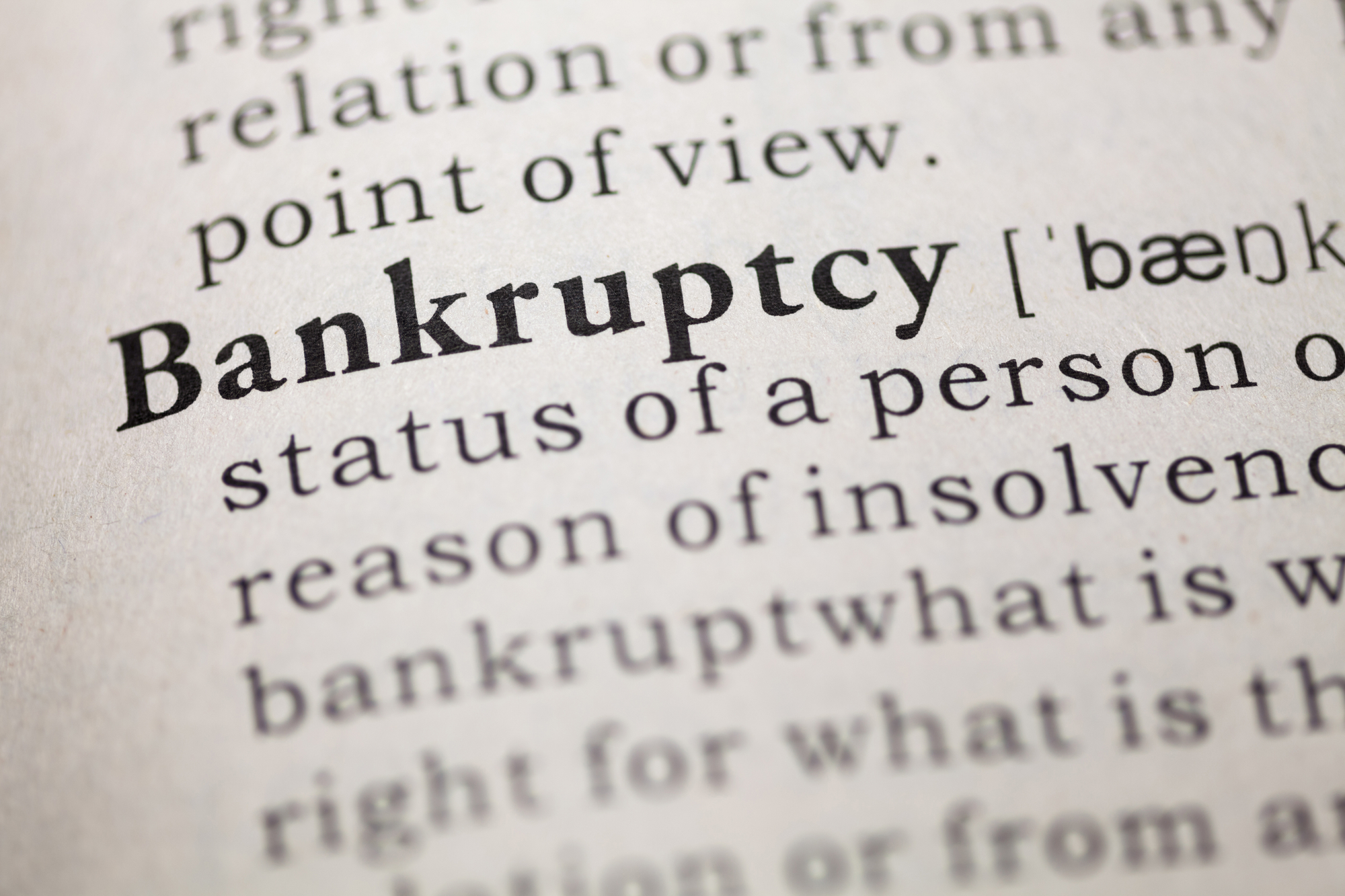
6 Chapters of Bankruptcy
Bankruptcy is a debt relief mechanism codified within the Federal Statutes that affords American citizens and businesses the ability to get rid of any unsecured debt that they have or make a plan to repay it.
In this article, we are going to provide a brief synopsis of each of the 6 chapters of Bankruptcy. Chapter 7, Chapter 9, Chapter 11, Chapter 12, Chapter 13, and Chapter 15. Though Chapter 7 and Chapter 13 are the most commonly filed.
Chapter 7
The most common type of bankruptcy filed in the United States is Chapter 7. This is usually referred to as “liquidation bankruptcy”, and is the most basic form of bankruptcy. It requires a debtor to “liquidate” their property (aside from what the courts allow the debtor to exempt) and pay off their creditors with the proceeds.
Chapter 9
Chapter 9 bankruptcy is the chapter afforded to municipalities such as cities, towns, counties, and school districts. Municipalities that file Chapter 9 can earn protection from their creditors while they develop a plan for adjusting their debts. The City of Detroit filed Chapter 9 in 2013 and is the largest US city to do so.
Chapter 11
Chapter 11 bankruptcy is informally known as the “reorganization Chapter” and is available to individuals as well as businesses.
Chapter 11 allows a business to reorganize their debt, and sometimes renegotiate things like interest rates, and monthly payment amounts. Upon completion, this chapter will allow a business to come out of bankruptcy as a “healthy business”.
Chapter 12
Chapter 12 bankruptcy is designed for “family farmers” and “family fishermen” that are having financial difficulties. Under this chapter, the debtor comes up with a plan to pay back creditors over three to five years.
Chapter 13
Chapter 13 bankruptcy, otherwise known as the “wage-earner plan,” allows a debtor that earns regular income to develop a plan to pay back parts, or all, of their debts. The big advantage of filing chapter 13 is it allows homeowners to avoid foreclosure on their houses, in contrast to chapter 7.
Chapter 15
Chapter 15 bankruptcy, was added to the U.S. bankruptcy code in 2005. Its main goal is to provide cooperation between a foreign debtor, foreign courts, and the U.S. bankruptcy courts. Therefore, a foreign debtor who has assets in multiple countries would file chapter 15.
Contact Devon Barclay, PC
Should you find yourself overwhelmed by debt and looking for a fresh start financially. We would advise speaking with an experienced attorney before making any decisions or filing anything with the courts. Should you choose to speak with us, our consultations are always free. You can contact us by filling out the form below. Or we can always be reached via call or text at 720-515-9887
You have questions.
We have answers.
Legal Disclaimer
The information provided on this site is not legal advice. The attorney listings on the site are paid attorney advertising. Each of the attorneys promoted through this website are promoted based upon their willingness to pay for the advertising. This website is not an endorsement of the attorneys’ services. The site is not a lawyer referral service or prepaid legal services plan. In some states the information on this website may be considered a lawyer referral service. No attorney-client or confidential relationship is or will be formed by use of the site. Photos are models and are not actual clients. Prior results do not guarantee a similar outcome. By an Act of Congress and the President of the United States, the attorneys who advertise through this website are Federally designated Debt Relief Agents. They help people file for relief under the U.S. Bankruptcy Code. Disclosures Required Under the U.S. Bankruptcy Code.
